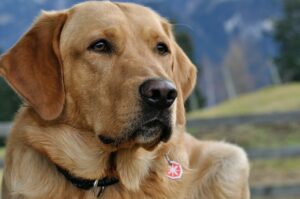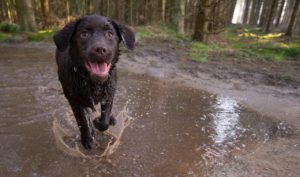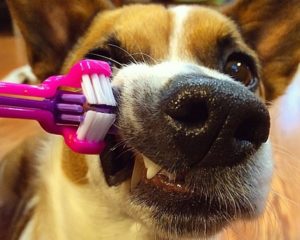Most dogs take to walks like a fish to water, but walking well on a leash isn’t always so simple! While dogs are typically happy for the exercise and adventure of a walk, a young dog on their first trip might not deal well with a leash. Some dogs seem to instinctively know what’s happening. Whereas others have some trouble. If you’re struggling to get your dog to walk well on a leash, then there are some steps you can take to teach them proper walking etiquette. It is relatively simple to get your dog walking confidently on a leash, but it will require some patience and training.
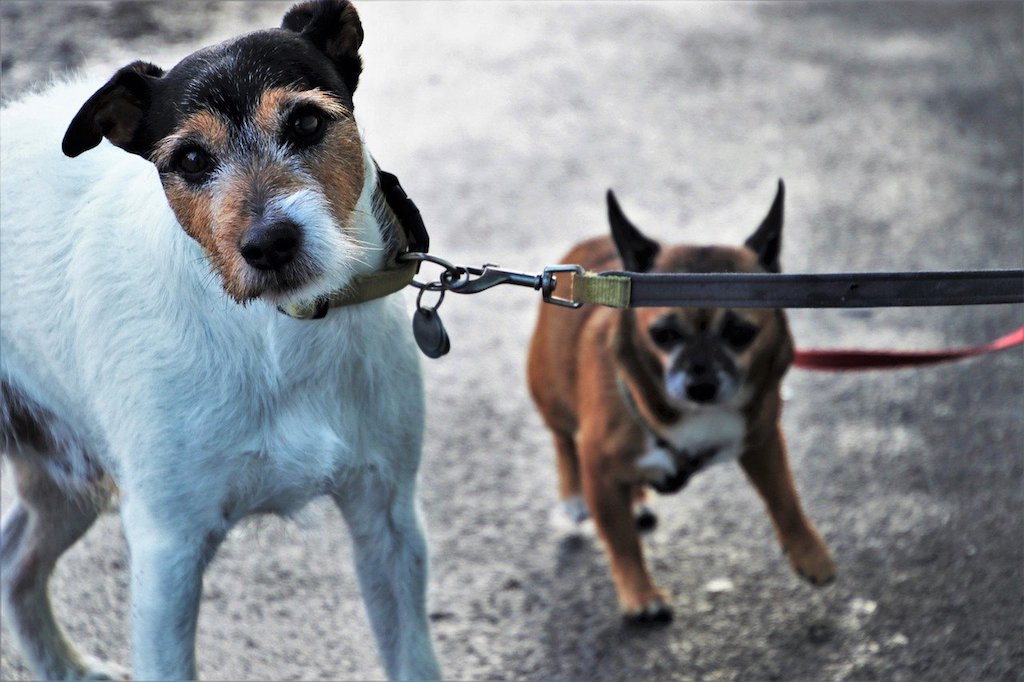
Leash skills are one of the most important things for a dog to learn. It is something that your dog is going to be using every day. While walks are usually fun, if you’re on a busy area or near a road with a high speed limit, then safety and proper walking is going to be really important. While you might want to get out walking with your dog as soon as possible, taking the time to train them is going to pay off in the long term.
Adult dogs can develop bad behaviour on walks. They could stop and start at random times, pull on the leash too hard, or try to walk wherever they want rather than with you. All of these bad behaviours can be dealt with before they form if you take the time to work on their training. This is how to train your dog to walk on a leash and avoid all these bad behaviours.
What You Need to Train Your Dog to Walk on a Leash
- To train your dog to walk on a leash you are going to need a few supplies. None of this is particularly expensive or specialist though! This is what you’ll need:
- A Collar or Harness – There are different pros and cons to collars and harnesses. Harnesses do make it easier to control a dog that is pulling too much, so that might be better for bigger dogs or those that are pulling too much.

View on Amazon
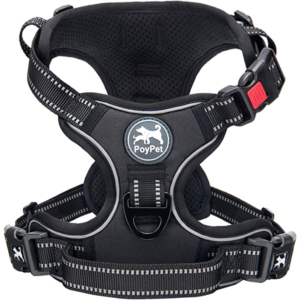
View on Amazon
- Lead – A basic good quality lead is important for teaching your dog proper walking etiquette.

View on Amazon
- Clicker and Treats – A clicker isn’t mandatory, but it is one of the things that make training easier. You’ll need treats too as a reward for your dog. Training them is going to be easier if they’re getting plenty of positive reinforcement.
This stuff will help you to teach your dog how to walk on a leash. A good quality leash and harness will make the training easier, those that are too long or flimsy might be a little harder. While your dog might seem resistant to a more secure collar or harness at first, the training will help them get used to it.

View on Amazon
How to Teach Your Dog to Walk on a Leash
Teaching your dog to walk on a leash is more a combination of a lot of lessons than one big training session! You’ll need to teach your dog various things to get them behaving on walks. This starts with being comfortable with a leash and harness, but it extends out to teaching them not to pull on the leash. Then to ignore distracting things like other animals and people. They even need to stop when instructed. All of this can be difficult when a dog is on a walk, since they’re receiving a lot of stimulation. The trickiest part might be starting out though. This is what you can break the training down to:
Get Them Used to the Lead and Harness
The first step of leash training a new dog or a puppy is to get them physically used to a leash and harness. All you need to do here is put the harness or collar on them. Then let them walk around with it on for a while. You don’t have to get them to do anything during this period, it is just about acclimatising them to it.

View on Amazon
Once they’re used to wearing their collar or harness, you can add the leash. Don’t try to direct them with the leash, just hold it and get them used to wearing it.
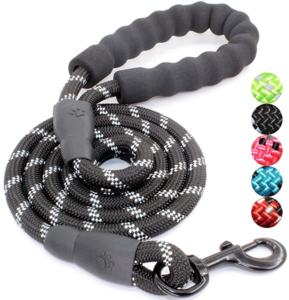
View on Amazon
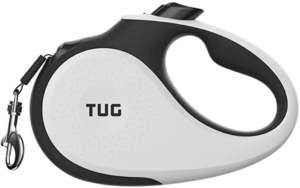
View on Amazon
If your dog has trouble with this stage, there are things you can do. You might have to incorporate a treat! If your dog is trying to get out of their harness or chew it, then you can reward them when they stop on command. Over time, this should get them to leave their harness alone. You can also start with the collar or harness on quite loose, then gradually tighten it. This gets them used to the feeling of wearing one, without feeling constrained.

View on Amazon
Once they’re comfortable with wearing the harness and being on a leash, you can move on to directing them with the leash.
Teach Your Dog to Walk on a Leash – Start in a Calm Environment
The next step to training them is to get them to actually walk on a leash! This step is often simple with dogs picking it up on intuition. Some dogs are going to need a bit more time though. When you’re starting to teach them to walk on a leash, you need to use a calm environment. Walks are exciting for dogs because of all of the new smells and sights. However, this can be overwhelming. This is especially true if there are lots of other people and animals around. A dog can get overstimulated.
Start the training in a calm environment. At first, this can be your garden if you have one. After that, move to somewhere further away, but also free from distractions for your dog. It’s important that you remain calm in the training too. This helps your dog feel more assured. If you’re doing this outside, give your dog some time to get used to being in the leash and harness in this setting, then you can start teaching them to walk.
Get Them to Start Walking
With your dog used to the leash and harness, and in a calm environment, you can start getting them to actually walk. During this step, you’ll need to hold the leash and walk alongside your dog. If they follow you without too much resistance, give them a treat and some praise.
If they have trouble following you, remember not to scold them for it. It can be helpful to have a treat with you. Make sure your dog sees it in your hand and walk along with it, they should follow you more easily by following the treat. Practice this over a few days until you’re confident they can do it successfully, even without a treat in your hand.
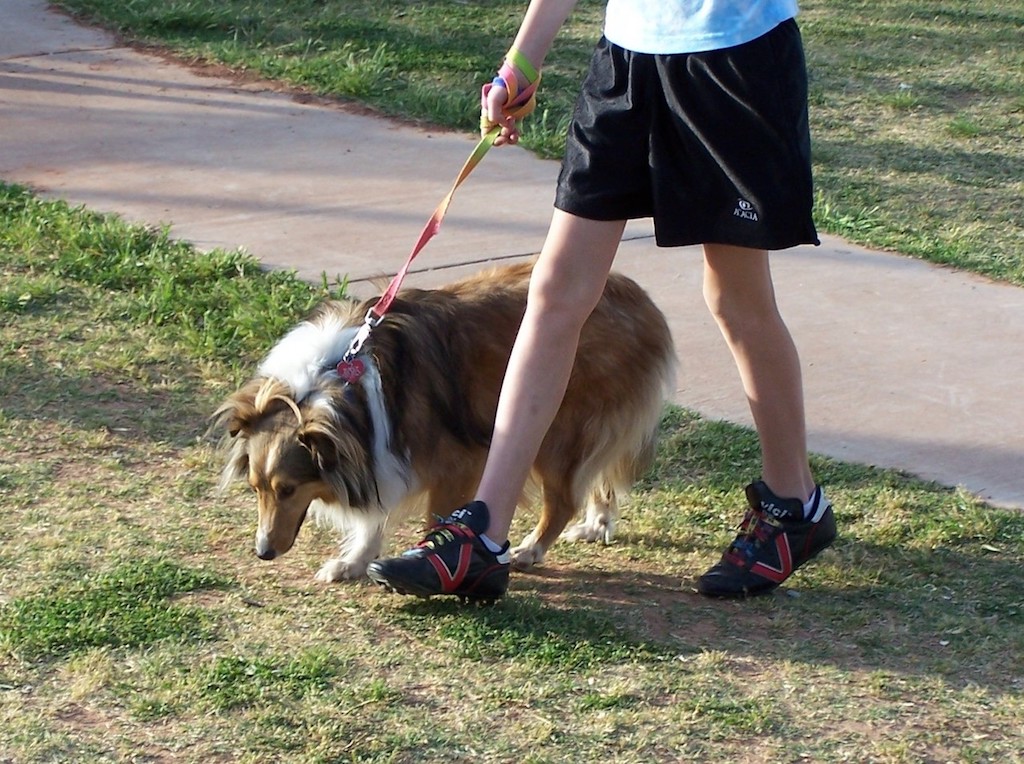
Stop Bad Behaviour As it Develops
As you’re teaching your dog to walk on a leash, you might notice them getting into some bad habits! This can include things like pulling hard on the leash, sitting or laying down at certain points, or getting distracted and walking off in another direction. Lead training is the best time to correct these habits. The longer they think the behaviour is okay, the harder it will be to stop it.
Pulling on the Lead
Pulling on the leash might be the hardest of these habits, and it can be difficult to sort once they’re used to walking in general. Whenever this happens, stop walking and get the dog to return to you. Praise them when they do. A dog is pulling because they want to go somewhere, dealing with it like this shows them that it isn’t their decision when you start or stop walking! It could take quite a few attempts to get them to internalise this lesson though! They’re generally pulling because they’re overexcited about where they need to go, so young dogs might take a while to stop. This is something that its best to iron out before a dog grows up though. A bigger dog can pull harder if they’re set in their ways.
The same method can be applied to a dog that is wondering off when distracted. You need to show them that they can either walk the route with you, or not walk at all. This teaches them that they can’t control where you walk just by pulling or walking off stubbornly in another direction.
Stopping and Starting
If your dog is stopping and starting, all you need to do is call the dog to you and continue walking. When they come back, praise them. This should quickly teach them not to stop and sit in the middle of a walk. As with pulling, this might take a few tries to actually eliminate fully! If they’re getting distracted, it will take a few training sessions to get them to consistently focus.
Keeping Them Walking Well
That’s what you need to do to teach your dog to walk with a leash. However, as time passes you need to make sure they’re keeping to good habits. Over time, a dog can start pulling on a leash or generally misbehaving when walking. In these cases, it is important to deal with the problems as soon as they occur. Go back to leash training and ensure that the bad habits are dealt with. If done right, this should have your dog sticking to their good habits when walking.




